On September 23rd, in Seoul, South Korea, the second edition of the Graph Users Group (GUG) seminar unfolded. The event featured Yuri Simione, Sales Director and a renowned expert in Ultipa's graph technology, as a distinguished guest.
The GUG, a dynamic South Korean community passionately dedicated to advancing and popularizing graph technology, orchestrated a meticulously planned seminar. The event welcomed six graph experts who shared their insights through both virtual and physical participation.
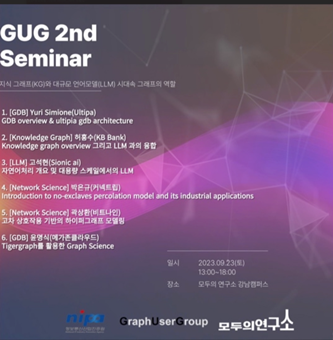
Yuri Simione, an expert in high-performance systems and big data, took center stage as the keynote speaker during the seminar. His virtual presentation, titled "Introduction to Ultipa Graph," captivated the audience with its depth and expertise.
Yuri's illustrious career includes roles as a consultant at prestigious companies like Xerox and EMC (now Dell EMC). He has amassed extensive expertise in managing unstructured information, specializing in products such as Opentext Documentum and Adobe Experience Manager. Notably, since 2014, he has shifted his focus to the dynamic field of graph databases and graph analytics.
On the seminar stage, Yuri Simione provided a comprehensive exploration of Ultipa, delving into its origins, development journey, patent portfolio, core innovations, and pivotal technologies. He highlighted that not all graph databases are equal and described Ultipa Graph in terms of its capabilities and key differences compared to other graph databases and graph analytics technologies.
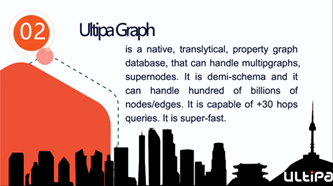
Ultipa is a translytical graph database, representing a new category that combines transactional and analytical graph processing capabilities. Ultipa Graph excels in storing and managing transactions while executing real-time graph algorithms on real-time data. In contrast, other graph analytics platforms require executing graph algorithms on "graph projections," which are simplified representations of the original graph or, more often, a subset of the real graph. This transformation makes it easier for these databases to perform specific types of analysis or queries on the graph data. However, graph projections are time-consuming, memory-intensive, and may not provide accurate results since they operate on a subset of the graph database while new data could be added.(To learn more about the speech content, click on the link to read and obtain:https://www.linkedin.com/posts/yurisimione_presentation-of-the-south-korea-user-group-activity-7113106637925564418-WhKz?utm_source=share&utm_medium=member_desktop)
Moreover, Ultipa can efficiently manage supernodes, multigraphs, and offers a range of graph algorithms, including a collection of over fifty standard algorithms and an additional fifty customized/specialized graph algorithms. Algorithms can loaded or updated into Ultipa Graph without the need to restart the database.
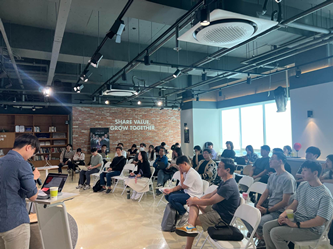
Yuri's presentation drew the attention of approximately fifty South Korean graph technology professionals, developers, students, and enthusiasts. It provided them with valuable insights into Ultipa's significant advantages and the immense future potential of its graph technology. Although forty-five minutes were insufficient to cover all of Ultipa's innovative features, such as the powerful Ultipa Query Language, full-text indexing and search engine, and graph embedding algorithms enabling vector searches or initiating ML pipelines on graph data, the audience left with a thirst for more knowledge. We extend our gratitude to ii tae Jeong for the kind invitation to speak at this event and eagerly anticipate sharing further insights about Ultipa and its success stories.


.png)
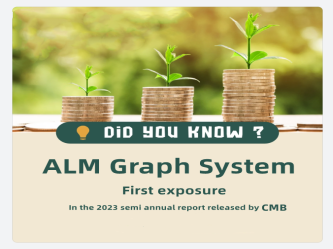

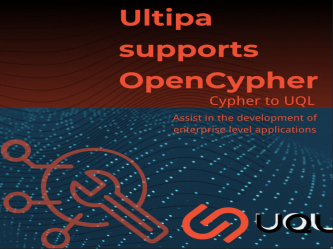
_2.png)